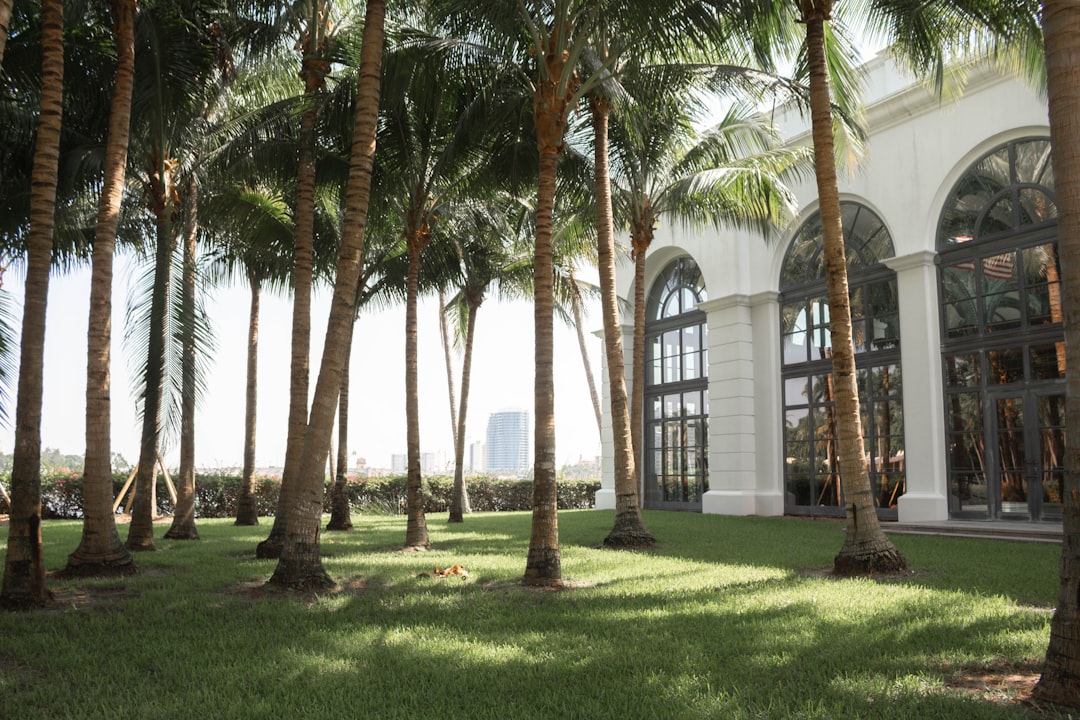What is it about?
In the 21st century, there are new calls to reject the constrictions of ‘cultural boundaries’ and 'methodological nationalism.' This text demonstrates ‘a commitment to a global comparative perspective.’ It proposes a global comparative method consistent with Arthur B. Lovejoy's statement that ‘ideas are the most migratory things in the world’. The examples cover Mo Zi, Herodotus, Aristotle, Al-Biruni, Dara Shukoh, Maya philosophy, Hajime Nakamura, and more.
Featured Image

Photo by Al Soot on Unsplash
Why is it important?
The calls for decolonizing the academy has increased since the Rhodes Must Fall movement began in Cape Town in March 2015. But how to decolonize? By proposing a methodological draft for a global intellectual history - building on the works of Lovejoy, Nakamura, Spivak, Ngugi wa Thiong'o etc - this paper argues that a reconstruction of a global and comparative perspective is a fruitful way forward in order to move beyond nationalist, colonial, Eurocentric, and ethnocentric narratives.
Perspectives
I hope this article can be read as an introduction to decolonizing the academy and as one possible starting point towards 'a commitment to a global comparative perspective' (Anette B. Weiner). From the article: "Hence, the recent calls for the decolonization of scholarly institutions can be regarded as a challenge to a colonial, imperial, and nationalist ideology that is ingrained in the modern academy, which was established during the hey-day of colonialism and racism." By using examples from all continents, and by rejecting the constrictions in the notion of 'culture', I intend to contribute to more global perspectives within several disciplines.
Dag Herbjørnsrud
Center for Global and Comparative History of Ideas (SGOKI)
Read the Original
This page is a summary of: Beyond decolonizing: global intellectual history and reconstruction of a comparative method, Global Intellectual History, May 2019, Taylor & Francis,
DOI: 10.1080/23801883.2019.1616310.
You can read the full text:
Resources
Contributors
The following have contributed to this page










